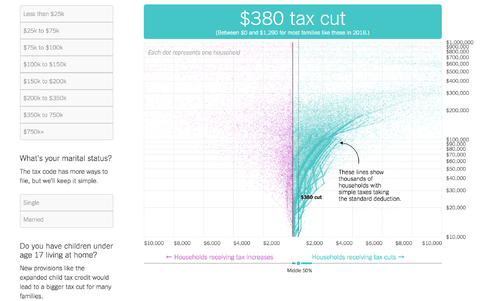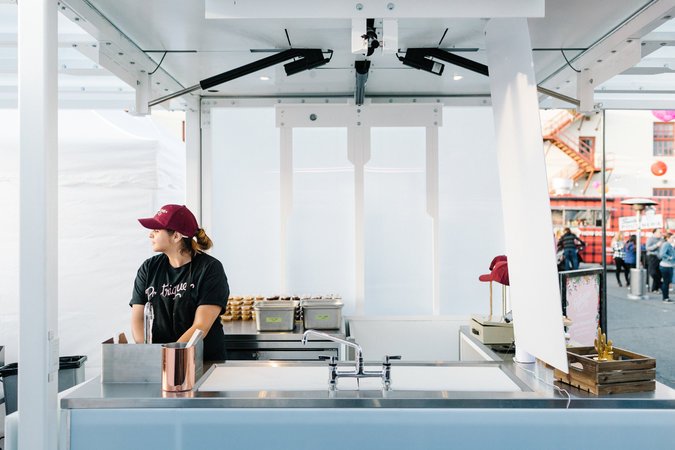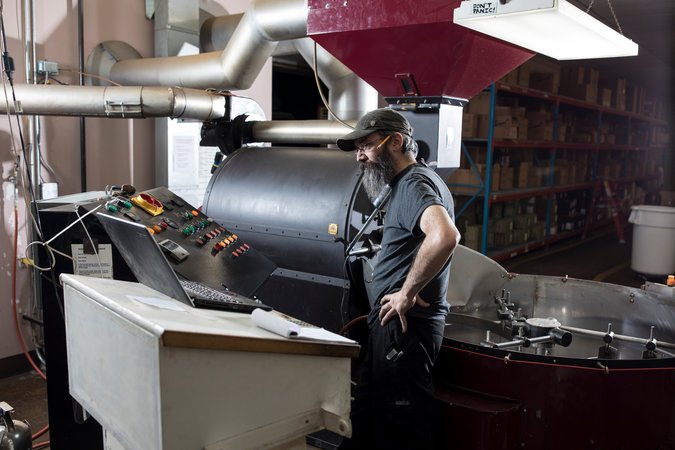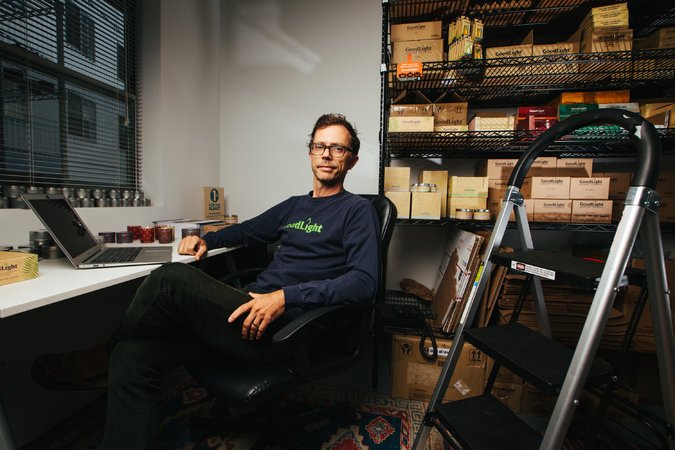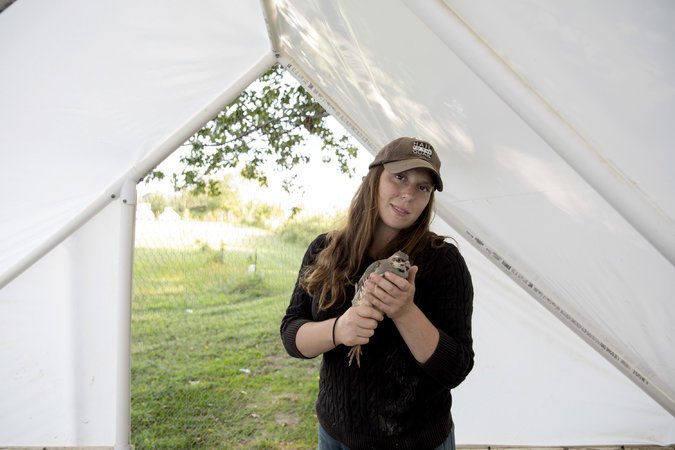Mr. O’Scanlon said that he frequently pumps his own gas, ignoring the Retail Gasoline Dispensing Safety Act of 1949, the statute that first forbade civilians from putting their grubby hands on the nozzle.
“I break the law in New Jersey on a regular basis,” he said. “Someone can come to my door and cuff me if they want.”
Two years ago in the Assembly, Mr. O’Scanlon was one of several legislators to sponsor a bill allowing self-service stations. It stalled.
One prominent opponent of the idea is the president of the State Senate, Stephen M. Sweeney, a Democrat, who remains immovable. In an emailed statement Friday, Mr. Sweeney said that he saw no good reason to change a system that worked.
“When we have winters like the one this year, I don’t see many men and women who want to pump their own gas,” he said. “It’s something that makes New Jersey a little more unique and the people of New Jersey like it that way.”
Polling and interviews suggest that the state’s natives agree. The actor Bobby Cannavale, who grew up in the state, said that it never bothers him, though he does forget every time he leaves and comes back, and has to be ushered back into his car by the attendant. He added that he sometimes gets nervous for a split second that he’ll never get his credit card back.
“You’re sitting in your car just handing a guy your credit card,” he said. “He can hand it to another guy in another car and you’re done.”
Advertisement
Continue reading the main story
Chris Christie proposed self-serve gas during his gubernatorial campaign in 2009, but dropped the proposal because the negative response from the public was so ferocious. At a town hall-style meeting in 2016, he said that it was a gender issue, citing a poll that indicated that 78 percent of women in the state were only too happy to stay in their cars.
Newsletter Sign Up
Continue reading the main story
Thank you for subscribing.
An error has occurred. Please try again later.
You are already subscribed to this email.
Ashley Koning, the director of the Eagleton Center for Public Interest Polling at Rutgers University, said in an interview that the idea of pumping one’s own gas had never been broadly favorable in New Jersey.
“It’s kind of one of the third rails of state politics,” she said, noting that women and older people in particular enjoyed the service.
A December 2015 Rutgers-Eagleton poll found that almost three-quarters of the state’s residents preferred to have gas pumped for them, and that 84 percent of women preferred the service.
And when she takes off her polling hat, Ms. Koning said, she is one of those women.
“As a Jersey Girl, I’m definitely not for it,” she said. “Jersey is very proud and one of the things it’s proud of is not having to pump its own gas.”
Some pollsters have stopped asking the question altogether. Krista Jenkins, the director of Fairleigh Dickinson University’s polling unit, said that it had not come up since 2012 because “it hasn’t really been that much of a debate.”
In that year, the university found that 63 percent of voters supported the law and only 23 percent opposed it, with a similarly exaggerated gender gap.
Ms. Jenkins grew up in Southern California, and pumped her own gas.
“But,” she said, “in the dead of winter when you don’t have to get out of your car, it’s a lovely feature of living in the state.”
The response of some Oregon residents to that state’s loosening of restrictions may not encourage change in Jersey. A widely shared tweet highlighted comments on a local news story from Medford, in Jackson County, Oregon. Among residents’ concerns were “smelling of gas when I get it on my hands or clothes” and the potential health effects of breathing in small amounts over time.
Advertisement
Continue reading the main story
New Jersey legislators cited safety concerns when they passed the original law that barred residents from pumping gas almost 70 years ago. But when gas station owners challenged the ban in 1951, the state’s Supreme Court ruled that self-serve was indeed “dangerous in use.” And the ban held up, despite attempts to fight it in the 1980s.
In the rest of the country, self-service stations became the norm. Safer unleaded gasoline became more common, thanks to federal regulations, as did pumps that accepted credit cards. In most of the United States, that spelled the end of an era when attendants offered to wipe your windshield and check your oil while the tank filled up and you fumbled for a tip.
Mr. O’Scanlon is undeterred by the dual weights of history and public opinion. He said that he may bring a new proposal this year, just to keep the conversation alive. He said that economic arguments about jobs and safety are absurd, given that drivers in other states have been pumping their own gas for decades and lived to tell the tale.
“The only thing you could argue is that New Jerseyans are more flammable than people in the other 49 states,” he said. “Because we eat so much oily pizza, funnel cake and fries, maybe you could make that argument. Otherwise, it’s simply ridiculous.”
Correction: January 5, 2018
A previous version of this article described incorrectly a new law in Oregon. The new law allows residents of most counties with fewer than 40,000 people to fuel up their cars themselves, at any hour of the day, not merely between 6 p.m. and 6 a.m.
Continue reading the main story
Article source: https://www.nytimes.com/2018/01/05/nyregion/new-jersey-gas-pump.html?partner=rss&emc=rss
